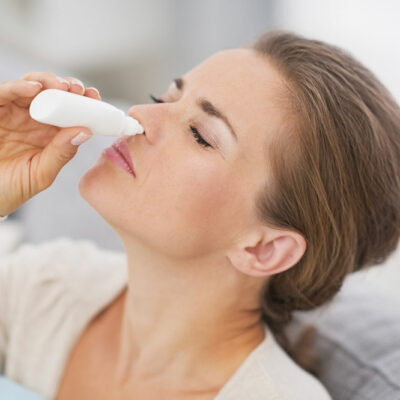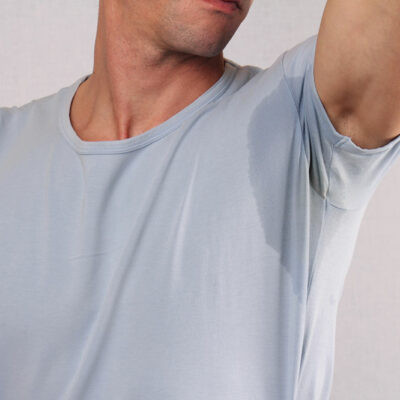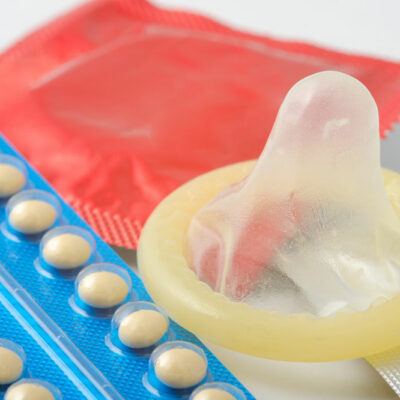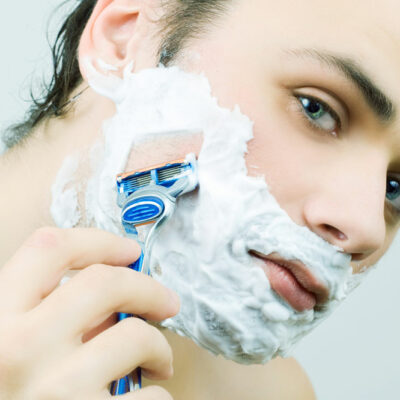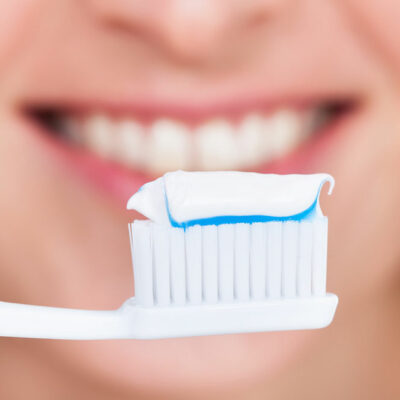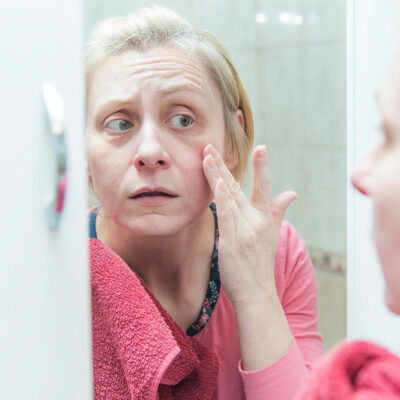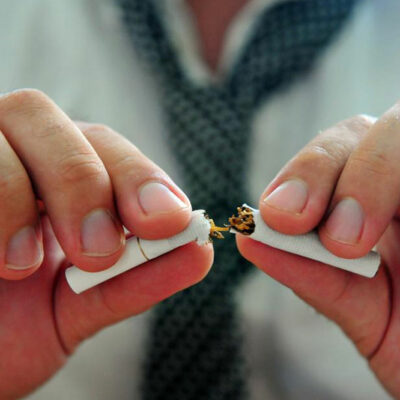
Health
Treatment Methods for an Overactive Bladder
Overactive bladder is characterized by a person experiencing frequent urges to urinate, which can compel them to wake up multiple times at night to empty their bladder. It also weakens the nerves and muscles, but the below-mentioned treatment options for an overactive bladder can help reduce the severity of the symptoms. A combination of more than one therapy is the most suitable treatment option to cope with the symptoms of overactive bladder: Behavioral therapy: Experimental psychology is often the first option in helping manage an overactive bladder. This treatment option has been found to be very effective in some cases and has no side effects. These include exercising a set of muscles in the pelvic area to help strengthen them. A medical practitioner or a physiotherapist can help and guide patients on which exercises to do and how they should be done. Performing these exercises, which include kegel exercises, regularly can boost bladder health. Biofeedback: This is one of the most effective treatment options for an overactive bladder. In this procedure, an electric sensor is fitted in the patient’s body to help them control the urge to urinate through certain changes in the body. Setting a toilet schedule: Planning a urinary schedule can also help patients.
Read More 